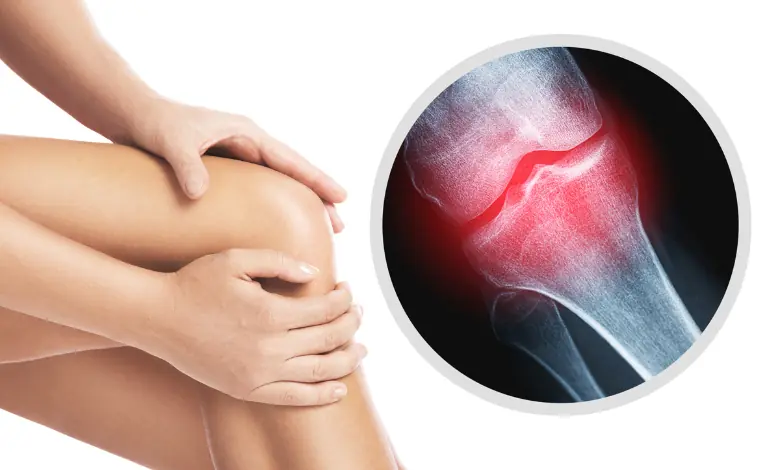Understanding the Causes of Chronic Joint Pain at the Age of 35

Welcome to the age where you might hear your knees creak louder than your floorboards! Yes, we’re talking about hitting that unexpected milestone at the age of 35. It is where your body throws in a bit of spice in the form of joint pain.
But fear not! Before you think you’re too young for this, let’s unravel the mystery behind this. It’s not just about aging. There’s a whole world of reasons why those joints are starting to complain.
Buckle up! We’ll understand chronic joint pain at 35 as enjoyable as rediscovering a favorite old song.
The ‘Wear and Tear’ of Aging
As we age, the cartilage that protects our bones from rubbing against each other starts to break down. This leads to stiffness, discomfort, and pain in your joints.
It’s a common misconception that only seniors experience this. On the contrary, as early as 35 years old, you may start experiencing these symptoms.
Lifestyle Factors
Aside from aging, several lifestyle factors can contribute to chronic joint pain. Lack of physical activity, unhealthy eating habits, and being overweight or obese can put extra stress on your joints. This leads to an increased risk of developing joint problems such as osteoarthritis.
Moreover, smoking and excessive alcohol consumption also play a role in joint pain. Smoking reduces your body’s ability to repair and maintain healthy cartilage. Alcohol can increase inflammation in the joints, causing pain and discomfort.
Previous Injuries
Injuries sustained earlier in life can also haunt you at 35. Sports injuries or workplace accidents can make joints prone to chronic pain with age. Injured areas may not fully heal, causing ongoing discomfort and inflammation.
Genetics
Unfortunately, some people are genetically predisposed to developing joint problems. If your family has a history of osteoarthritis or other joint conditions, you may be prone to chronic joint pain. Lifestyle choices also greatly influence this genetic factor.
Other Medical Conditions
Chronic joint pain at 35 may also be a symptom of an underlying medical condition. For example, autoimmune diseases like rheumatoid arthritis can cause joint pain and inflammation.
Inflammatory bowel disease and gout can also lead to joint problems at a younger age. If you are experiencing chronic joint pain, consult a doctor to determine the cause and treatment.
The Importance of Prevention
Although joint pain at 35 may seem inevitable, there are steps you can take to prevent or minimize it. Regular exercise helps strengthen your muscles and joints. It reduces the risk of injury and pain.
Maintaining a healthy diet and weight also plays a crucial role. Quitting smoking and limiting alcohol consumption can also improve joint health.
Furthermore, innovative treatments like the peripheral nerve stimulation can offer relief. This method targets the nerves involved in pain signaling. It provides an alternative approach to pain management.
It’s vital to listen to your body and take breaks when needed. Especially if you have a physically demanding job or participate in sports regularly. Please don’t ignore any pain or discomfort; it could be an early warning sign of a more severe issue.
Turning the Tides on Joint Pain at the Age of 35
The echoes of chronic joint pain at the age of 35 might sound daunting. But, understanding its roots and implementing preventive measures can significantly turn the tide.
Making lifestyle changes or trying new treatments can help you stay healthy. Don’t let joint pain hold you back from enjoying life!
Check out our other blog posts for more informative content!






